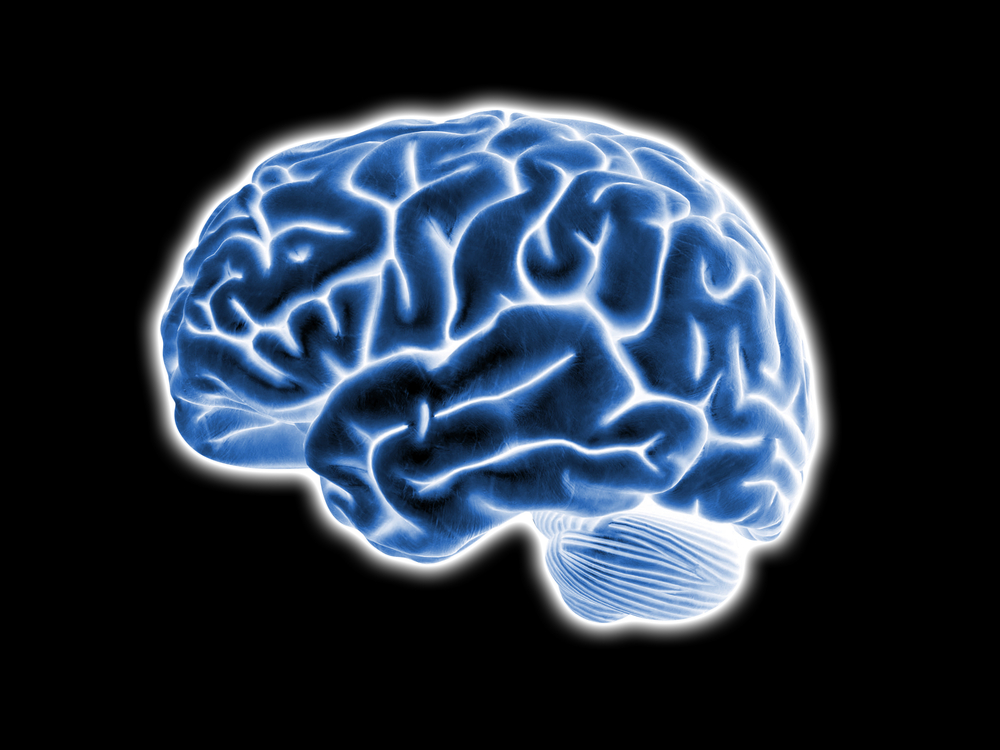Evidence of Lymph Vessels in Human Brain May Offer New Insights into MS, Other Disorders

Groundbreaking evidence of the existence of lymphatic vessels in the human brain could answer the question of how the brain gets rid of waste products, and holds clear implications for neuroinflammatory disorders such as multiple sclerosis.
The study “Human and nonhuman primate meninges harbor lymphatic vessels that can be visualized noninvasively by MRI” was published in the journal eLife.
The lymphatic system is a network that helps the body to rid itself of toxins and waste products. Lymphatic vessels, which are similar to blood vessels, transport a clear fluid – lymph – which is filtered in lymph nodes.
It has long been thought that the brain lacks lymphatic vessels. However, a team of researchers at the National Institutes of Health (NIH), building on previous research in rodent brains, recently found evidence that the brain may actually drain waste through lymphatic vessels.
“We literally watched people’s brains drain fluid into these vessels,” Daniel S. Reich, study lead author and senior investigator at the NIH’s National Institute of Neurological Disorders and Stroke (NINDS), said in a press release.
The researchers injected healthy volunteers with a magnetic dye called gadobutrol, which is usually used as a contrast agent to image blood vessels. They then scanned the brains of these individuals using magnetic resonance imaging (MRI) under specific settings. This allowed them to view the dye within the outer layer of the brain, known as the dura.
The MRI revealed that the dye was visible both as dots and straight lines, which might indicate lymph vessels. This suggested that the dye leaked out of blood vessels into the dura and were later ‘picked up’ by lymphatic vessels.
These vessels were not seen when the volunteers were injected with another dye that does not leak out of blood vessels. Evidence of lymphatic vessels in the brain was also found in autopsied human brain tissue.
Although a pair of 2015 studies had shown evidence of lymphatic vessels in the brains of mice, this is the first study that demonstrates that a similar system exists in human brains. “For years we knew how fluid entered the brain. Now we may finally see that, like other organs in the body, brain fluid can drain out through the lymphatic system,” Reich said .
In addition to changing the way we think about the lymphatic system and the brain, this study lays the foundations for future research to investigate whether the function of the lymphatic system is altered in the brains of patients with multiple sclerosis or other disorders affecting the nervous system.
“We hope that our results provide new insights to a variety of neurological disorders,” Reich added.
“These results could fundamentally change the way we think about how the brain and immune system interrelate,” said Walter J. Koroshetz, M.D., director of NINDS.






